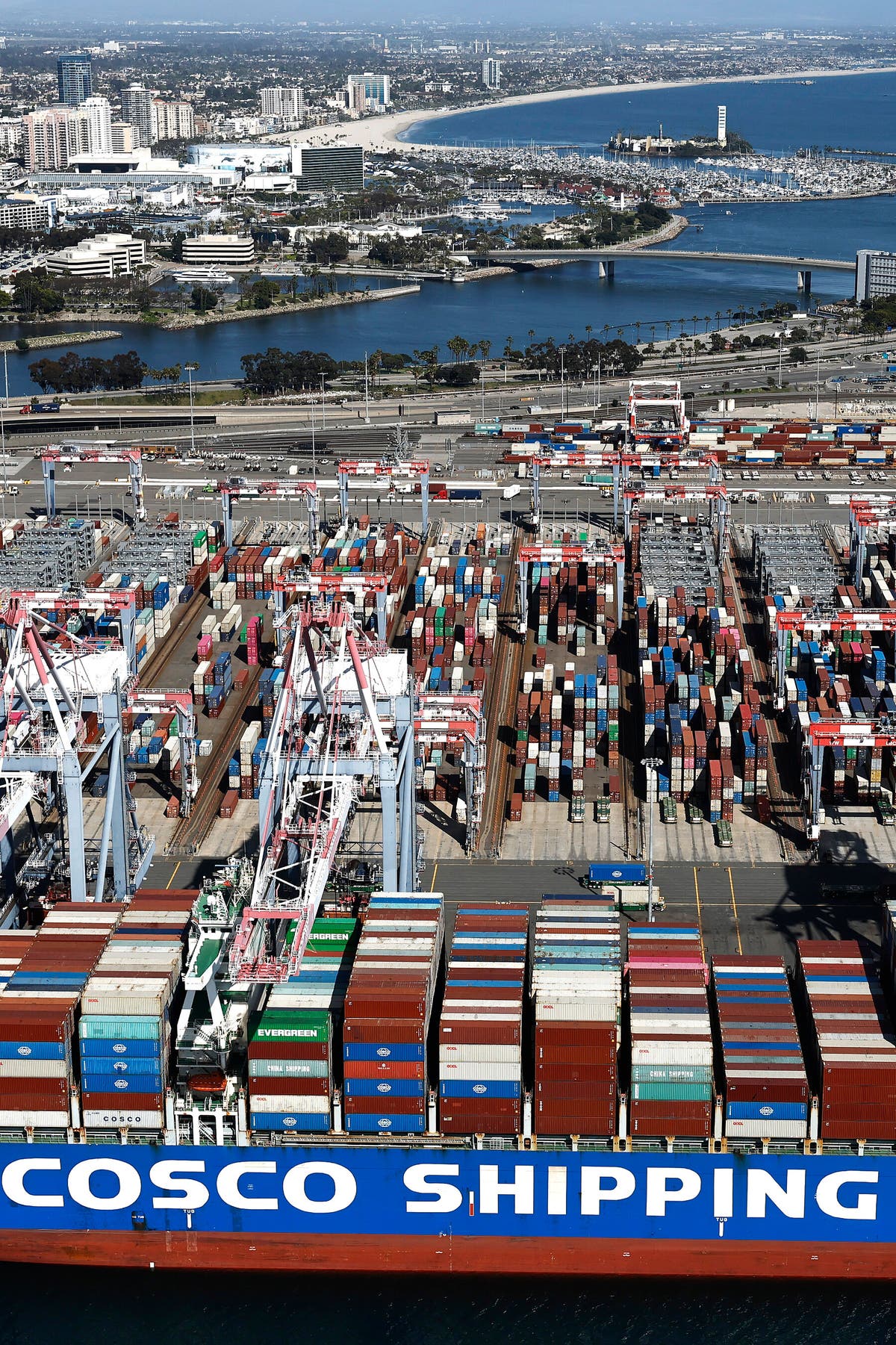China Strikes Back With 34% Tariffs On US In Escalating Trade War With Trump.
The trade tensions between the United States and China have reached a new high as Beijing responded swiftly and forcefully to President Donald Trump’s latest round of tariffs.
In a series of coordinated announcements late Friday, the Chinese government unveiled a 34 percent tariff on a broad range of American imports—mirroring the rate imposed by the United States earlier in the week. The move signals Beijing’s firm stance and unwillingness to yield in what has become a full-blown trade war.
China’s Finance Ministry confirmed it would match Washington’s tariffs, stating the measure was a direct response to what it described as “unilateral bullying” by the United States. “This practice of the U.S. is not in line with international trade rules, seriously undermines China’s legitimate rights and interests,” the ministry said in a statement.
In addition to tariffs, China’s Ministry of Commerce announced the inclusion of 11 American companies on its list of “unreliable entities,” effectively prohibiting them from operating in China or with Chinese firms. This blacklist move is expected to impact key players across multiple sectors, from technology to agriculture.
China also introduced export restrictions on seven rare earth elements vital to global industries, including electric vehicle production and military technology. These materials are predominantly mined in China, making the restrictions a strategic lever in the trade dispute.
Furthermore, Chinese customs authorities revealed an immediate halt to chicken imports from five of the United States’ largest agricultural exporters and placed a ban on sorghum imports from a sixth. Simultaneously, trade investigations have been launched into U.S. exports of medical imaging equipment—one of the few manufacturing fields where the United States still holds a competitive edge globally.
While the Chinese tariffs cover a narrower selection of goods compared to the U.S. tariffs, they are broader in scope, offering no exemptions—unlike Trump’s tariffs, which spared items such as semiconductors and pharmaceuticals.
China’s retaliatory measures are expected to escalate tensions further, particularly as the U.S. tariffs are set to take full effect next Wednesday. Last year, China imported approximately $147.8 billion worth of American goods, including semiconductors and agricultural products, while exporting $426.9 billion worth of goods to the United States.
With both sides digging in, global markets are bracing for the broader economic impact of a prolonged standoff between the world’s two largest economies.



